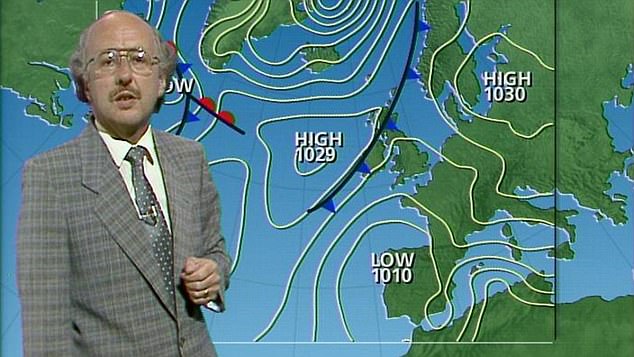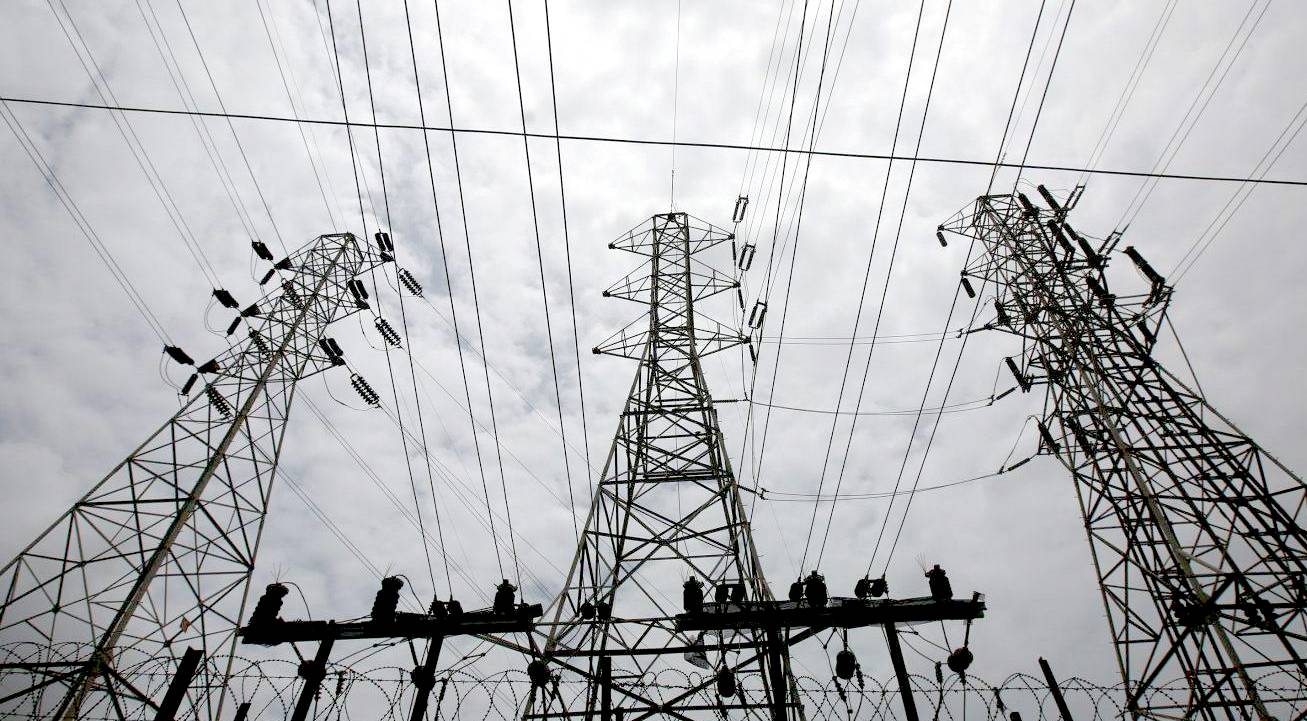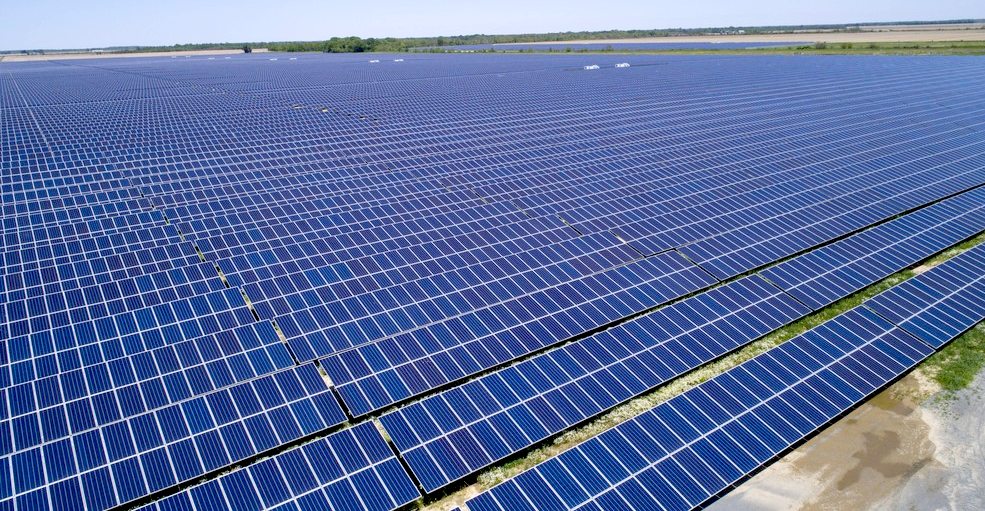|
STORMS - UK A TO Z
Please use our A-Z INDEX to navigate this site where page links may lead to other sites
|
FREE AS A BIRD - It is happening. Wind energy is providing bucket loads of energy that will be more useful with the kind of load leveling that battery and hydrogen (including ammonia and methanol) storage can provide, to make better use of all that captured natural power. Windmills and sails had been working for mankind for hundreds of years before the discovery of electricity. These graceful machines can be located in isolated areas where winds are strong and reliable.
THE
A-Z OF UK STORMS 2021 - 2022: Herman
Policies must be put in place to prevent unnecessary deaths - resulting from power cuts. We must protect the vulnerable, young and elderly - as we build a reliable future based on renewables.
Homes should be built to withstand storm conditions. If possible, they should have solar panels and large energy storage banks. This might include a wind turbine for when the sun is not shining - but there is plenty of wind. Houses like this will be Net Zero, or Zero Carbon, producing no emissions.
WHAT CAUSES STORMS ?
The most often causes of electricity power cuts, or blackouts, is storm and flood damage. There are also occasional lightning strikes.
As storms and floods increase in number from our changing climate, we can expect more power outages. Extreme weather is a naturally occurring phenomenon, now exacerbated by anthropogenic acceleration.
As the ice caps melt, ocean levels rise, releasing more water to be evaporated in the water cycle. Higher wind speeds generated as the earth tries to cool itself with convection currents, creates storm and hurricane conditions, that ravages the land as the winds move from the oceans - also creating waves.
Wind is simply air in motion, flowing from high atmospheric pressures to low pressures. Strong winds are due to a strong pressure gradient force. The gradient being the difference in pressure from high pressure areas to low pressure areas.
A pressure gradient
(the difference in pressure) determines fast pressure changes over distance. So, when pressure changes rapidly over a small distance, the pressure gradient force is
large - meaning high winds. Fast moving air is called a wind, measures in
miles or kilometers per hour. A hurricane would be very fast moving air.
Earth rotates faster at the Equator than it does at the poles. Earth is wider at the Equator, so to make a rotation in one 24-hour period, equatorial regions race nearly 1,600 kilometers (1,000 miles) per hour. Near the poles, Earth rotates at a sluggish 0.00008 kilometers (0.00005 miles) per hour.
The Coriolis force is zero at the Equator.
Fortunately, the air mostly moves (is dragged) with the land mass - or we'd be in trouble with 200-300 mph winds.
The development of
spinning weather patterns, such as cyclones, are examples of the impact of the Coriolis effect.
A tornado, or tropical revolving storm is a more extreme example.
Now that you know about the forces that create high winds, it is no wonder that we have more power cuts today, than we had in the 1980s.
The weakness in our electricity infrastructure, is the overhead power lines, going from pylon to pylon. Flying objects and trees being blown over, damage the power lines. Leaving thousands in darkness, in an age where we are trying to transition from fossil fuels, to renewable energy, such as solar and wind power, also engaging with hydrogen storage systems (including ammonia and methanol) and fuel cells.
It is hoped that energy supply companies and grid operators, will see the benefits of having local smart energy depots. These can double up as service stations for electric vehicles, such as with the proposed SmartNet system.
Unfortunately, the are as yet no policies to entice power companies to invest in technology that would provide un-interruptible electricity supplies.
Not only that, but the logistical challenge is staggering, because to get such a system to work really well, and be future proofed against new storage chemistry as it is developed, automotive and energy companies would need to agree a suitable format. This format would need to serve the energy supply companies and the automotive industry.
As we say, this is more a policy issue, but governments appear to believe that it is for the suppliers to make the running. The suppliers will not want to change due to Red Flag politics, where change represents a conflict of interests, making their present systems appear to be redundant, or at least at risk as to technology upgrade.
That may not be entirely true. But change is seen as being disruptive, also requiring investment - that shareholders might vote against. Worried that their stocks might be devalued.
The
opposite may be argued, in that if they do not move with the times, their
investments will surely crumble. But in a climate crisis, speedier change is
necessary. And that is why statute needs to be implemented to accelerate us
to Net
Zero.
According to Power-Technology.com, they list power companies (reference 2018 Forbes calculation of net market capitalization, assets, sales and profit) as some of the biggest utilities in the world:
Duke Energy Corporation, DUK, N. Carolina, USA Dominion Energy Inc., Richmond, Virginia Exelon Corporation EXC, Chicago, USA KEPCO Korean Electric Power Corporation National Electric Grid & Central Electricity Authority (India) National Energy Board (Canada) National Grid plc (formerly Central Electricity Generating Board UK) Next
Era Energy Inc. Florida, USA Southern Company, Atlanta, Alabama, Georgia, Mississippi, USA State Grid Corporation of China TEPCO Tokyo Electric Power Company
HIGH VOLTAGE - Every country uses high voltage cables to transmit electricity via a grid. mostly over ground using steel pylons. In the UK, OFGEM regulates development of such markets.
FROM SPACE EXPLORATION TO ZERO EMISSIONS - Developed to power satellites and spacecraft, the silicon solar panel is now a cost effective way of generating clean electricity. Ideal sites for the location of solar farms is land that cannot be used for farming, such as the deserts we have created.
LINKS & REFERENCE
https://
Please use our A-Z INDEX to navigate this site
|
|
This website is provided on a free basis as a public information service. copyright © Climate Change Trust 2022. Solar Studios, BN271RF, United Kingdom.
|



